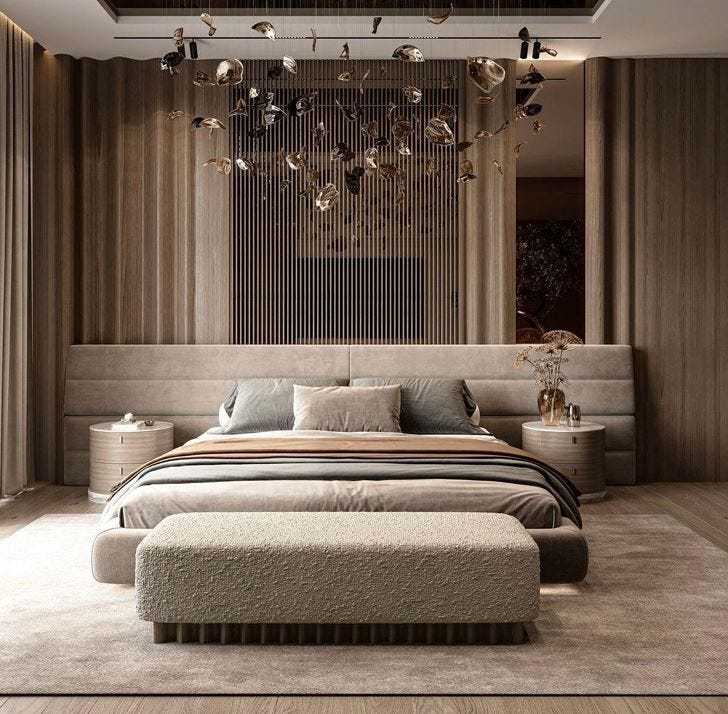Transform Your Space with Stylish and Functional Wall Panels
When you think about refreshing a room, painting is often the first idea that comes to mind. But if you want a solution that adds texture, depth, and style with minimal effort, wall panels can completely change the look and feel of any space. They bring design, durability, and easy maintenance together in one package.
Let’s explore why wall panels are becoming a preferred choice for homeowners, designers, and commercial spaces.
What Makes Wall Panels a Smart Choice
Wall panels are versatile materials used to cover interior walls. They come in different designs, colors, and finishes that enhance both modern and classic interiors.
Here’s what makes them a practical option:
Aesthetic Appeal: Wall panels add visual texture that paint or wallpaper can’t match. They create patterns, grooves, and finishes that make plain walls stand out.
Durability: Many panels are made from high-quality materials that resist moisture, scratches, and stains.
Sound and Heat Insulation: They help reduce noise and improve energy efficiency by adding an extra layer of insulation.
Quick Installation: Pre-finished panels require less time and labor compared to traditional wall treatments.
Low Maintenance: You can clean most surfaces with a simple wipe, keeping them looking fresh for years.
Advantages of Using Wall Panels
Wall panels are more than a design choice — they’re a functional upgrade for any environment.
Moisture Resistance: Ideal for kitchens, bathrooms, and laundry rooms where humidity is high.
Easy Upkeep: Unlike painted walls, panels don’t peel or fade easily. They stay clean with minimal effort.
Versatile Finishes: From wood grains to marble textures, you can find panels that match every style.
Hidden Wiring: Panels can conceal cables, wiring, or surface imperfections, giving you a neat finish.
Eco-Friendly Options: Many modern panels use sustainable materials that reduce environmental impact.
Common Applications of Wall Panels
Wall panels can be used in almost any setting — residential, commercial, or hospitality. Their flexibility makes them a go-to solution for interior designers.
Living Rooms
They create accent walls that add warmth and personality. Combine panels with Wall frames or Wall Shelves for a balanced and coordinated look.
Bedrooms
Panels behind the headboard make an elegant backdrop. They also absorb sound, creating a peaceful atmosphere.
Offices
Corporate spaces use panels to improve acoustics and add a professional touch without making the space feel cold or sterile.
Restaurants and Cafés
Decorative panels help define the brand’s personality and elevate the overall dining experience.

Bathrooms and Kitchens
Water-resistant panels offer a stylish alternative to Wall tiles, especially where cleaning ease and durability are important.
Combining Wall Panels with Other Wall Elements
To create a complete design, mix wall panels with accessories that enhance the overall look.
Wall frames: Use framed artwork or photographs to break up large panels and add visual interest.
Wall plates: Decorative switches, sockets, and control plates blend seamlessly when color-coordinated with the panels.
Wall Shelves: Floating shelves work perfectly with panels to display décor or plants, adding function to beauty.
Each of these combinations helps achieve a balanced space that looks cohesive and modern.
Maintenance Tips for Wall Panels
Taking care of wall panels is simple and ensures they last longer.
Regular Dusting: Use a soft cloth or duster to remove surface dust.
Wipe with Mild Cleaners: For stubborn stains, use a damp cloth with mild detergent. Avoid abrasive cleaners.
Check for Moisture Damage: In humid areas, inspect for any signs of moisture buildup, especially behind the panels.
Avoid Direct Impact: Panels are durable but can dent or scratch if hit by sharp objects.
Re-seal or Refinish if Needed: Wooden or laminate panels may need refinishing every few years to maintain their look.
Why Wall Panels Are a Great Choice for Any Space
Wall panels work in both modern apartments and traditional villas because they adapt to any aesthetic. They are available in materials like wood, PVC, metal, and MDF, offering options for every budget and style.
They help create a seamless, polished appearance without the hassle of repainting or frequent maintenance. You can use them to:
Highlight specific sections such as TV units or dining walls
Add texture in minimalist interiors
Improve acoustics in offices or studios
Cover uneven surfaces for a smooth, professional finish
When paired with Wall tiles, Wall frames, Wall plates, and Wall Shelves, wall panels become part of a unified design that enhances both form and function.


Comments
Post a Comment